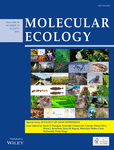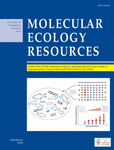Editorial Board
Editors-in-Chief
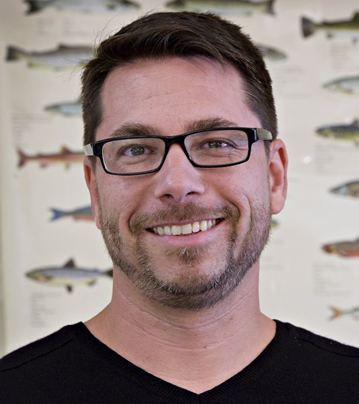
Martin Laporte
Ministère des Forêts, de la Faune et des Parcs., Québec, Canada
Email: [email protected]
Martin is an aquatic molecular ecologist specialized in multivariate analyses with interests in conservation and eco-evolutionary processes. He has experience with eDNA metabarcoding in characterizing and explaining the variation of fish communities through time and space in lotic environments. His research also utilizes hydroacoustic of aquatic plants and hydrodynamic 2D modeling to characterize fish habitats and effect of eDNA transport. He now focuses on the development of eDNA metabarcoding for conservation management of aquatic species and multispecies fish habitats modeling.

Simon Creer
Bangor University, Bangor, UK
Si is one of the leaders of the Molecular Ecology and Evolution group at Bangor University, UK and is interested in using molecular tools to address diverse questions focusing on biodiversity, ecology and evolution. He works on the alpha and beta functional and taxonomic diversity of macro-, meio- and microbial communities (e.g. microbiomes) in space and time, based on genomic, community and environmental DNA (eDNA). With a breadth of collaborators, he has worked in many habitats including estuarine, coastal and deep-sea environments with contemporary foci on freshwater, terrestrial and the aerial biosphere. His work aims to understand the drivers of biodiversity in natural communities and also how diversity is linked with ecological function, restoration, trophic relationships, ecosystem services and disservices, environmental and human health.
Associate Editors

Jonas Bylemans
INRAE Centre Alpin de Recherche sur les Réseaux Trophiques et les Ecosystèmes Limniques, France
Jonas is a molecular ecologist at the Alpine Center for Research on Trophic Networks and Limnic Ecosystems (INRAE CARRTEL). His research interests range from gaining detailed insights into molecular methods, assessing the state and fate of eDNA, investigating best practice guidelines for eDNA surveys and data analyses to the implementation of eDNA tools to address ecological questions. His current research focusses on improving the quantitative interpretation of eDNA surveys and the integration of eDNA into standard monitoring surveys.

Elizabeth Clare
York University, Toronto, Canada
Elizabeth is a Molecular Ecologist at York University in Toronto. Her research group is interested in using molecular tools to consider biodiversity at all levels from individuals to ecosystems. Her research focusses on the use of DNA to measure the connections between species and trophic levels in frugivores, insectivores, parasites and pollinators and she was one of the first people to use metabarcoding for dietary ecology. She works extensively in the field of environmental DNA in the terrestrial ecosystem and is developing the field of airborne eDNA analysis including technological innovation, targeted species at risk monitoring and large scale landscape level studies. Members of the Clare lab are particularly interested in the effect of landscape on ecological communities and novel ways to use genetic technologies to answer these questions. They have conducted research all over the world from tropics forests to temperate deserts and urban landscapes.

Amy Ellison
School of Natural Sciences, Bangor University, Bangor, UK
Amy is a Senior Lecturer in the Molecular Ecology and Evolution group at Bangor University, UK. Her research group focuses on using molecular tools to understand host-pathogen interactions, the role of animal-associated microbiomes in health and disease resistance, and eDNA methods for diet analysis and parasite/pathogen detection. Her work includes the integration of multi-omic methods such as (meta)transcriptomics and metabarcoding to understand the interface of animal immune systems and their microbiota. She is also interested in the chronobiology of animals and their microbiomes, including understanding the impact of artificial light on wild and managed animal circadian rhythms and health.
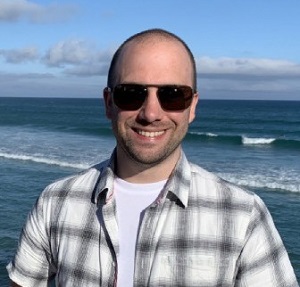
Gert-Jan Jeunen
University of Otago, New Zealand
Gert-Jan is a molecular ecologist at the University of Otago, New Zealand. His research focuses on contemporary and historical environmental DNA applications in the Southern Ocean and Antarctica to investigate how anthropogenic impacts are modifying our oceans. His work includes eDNA-based fisheries monitoring, molecular diet analysis of apex predators, invasive species detection, and historical ecosystem reconstruction. Additionally, he is developing software applications for amplicon-based sequencing data, such as automated reference database curation, primer design, and taxonomy assignment algorithms.
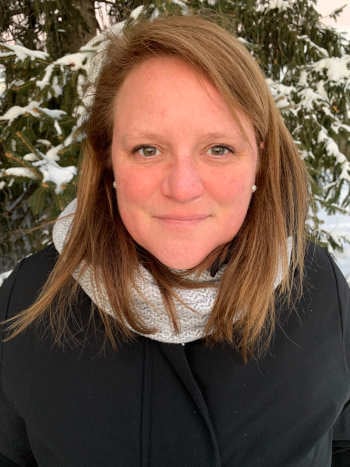
Geneviève Parent
Laboratory of Genomics, Demersal and Benthic Sciences Branch, Maurice Lamontagne Institute, Fisheries and Oceans, Canada
Geneviève studies aquatic animal population and species using environmental DNA (eDNA) at Fisheries and Oceans Canada. In the eDNA field, her main research focus are methodology optimization and standardization for qPCR or metabarcoding-based eDNA detections. Understanding limitations of these approaches is one of her motivations to provide reliable and sensitive tools for the detection of rare and commercial species in a management context. She uses water, sediment, and gut content samples to detect species, quantify biomass, assess eDNA properties, characterize diets and species interactions in aquatic ecosystems.

Mathew Stephen Seymour
University of Hong Kong
Mat is an ecologist turned molecular ecologist and leads the environmental DNA and environmental ecology lab at The University of Hong Kong (seymourlab.net). His research group at Hong Kong focuses on developing and utilizing eDNA based methods for regional and global biodiversity assessment and biomonitoring. Additionally his group seeks to understand the environmental and spatio-temporal impacts on population and community dynamics across marine, freshwater and terrestrial ecosystems.
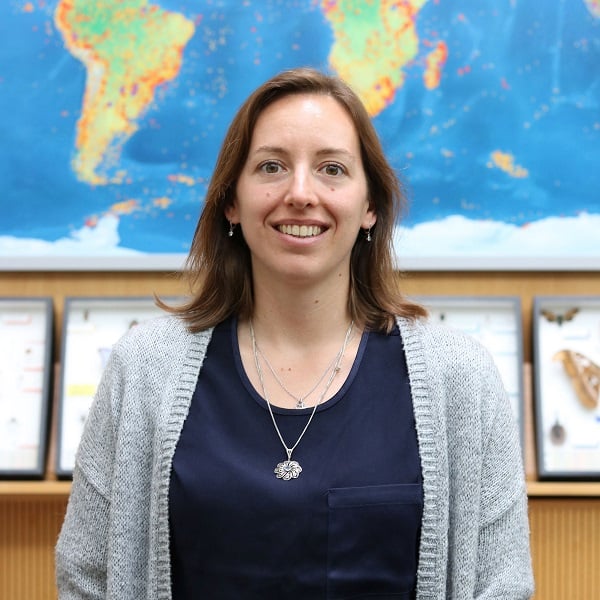
Bettina Thalinger
University of Innsbruck, Innsbruck, Austria
Bettina is a molecular ecologist investigating dynamic species distribution patterns, trophic interactions, and the connection between functional ecology and local biodiversity. Additionally, her work frequently addresses applied questions of animal ecology such as the conservation and/or management of particular species – primarily vertebrates inhabiting aquatic habitats or foraging therein. The underlying dynamics of environmental DNA detection and quantification from field-collected samples such as transport, shedding, and laboratory processing are re-occurring aspects in her research. Bettina’s recent projects also incorporate efforts to standardize molecular tools for routine biomonitoring along with the inclusion of local stakeholders and citizen scientists.

Kimiko Uchii
Osaka Ohtani University, Japan
Kimiko has a focus on exploring biological responses to environmental changes using modern molecular approaches. Their primary focus lies in understanding the impact of human activities on biodiversity and ecosystems. To that end, Kimiko is involved in developing environmental DNA methods for population genetics and conservation. Additionally, they have a strong interest in unravelling the ecological dynamics of emerging infectious diseases in wildlife, which originally led them to the field of eDNA science. Furthermore, Kimiko has also engaged in conducting microbial risk assessments in the space habitat.

Meng Yao
Peking University, Beijing, China
Meng completed her PhD at the University of Michigan and is now a Research Associate Professor at Peking University. She is a molecular ecologist and conservation geneticist whose research interests include eDNA-based biodiversity monitoring, molecular dietary analysis and food-web interactions, and population genetics. She applies aquatic eDNA to the detection of invasive species and fish biodiversity and fecal eDNA metabarcoding to reconstruct feeding habits and niche relationships among mammalian carnivores.

Matthew Yates
Great Lakes Institute for Environmental Research (GLIER), University of Windsor, Ontario, Canada
Matthew conducts research in applied conservation genomics, with an emphasis on environmental DNA (eDNA) and environmental RNA (eRNA) dynamics. Matthew’s research has focused on studying relationships between organism abundance, biomass, and eDNA concentration in aquatic ecosystems, with an emphasis on integrating metabolic ecology and environmental science to model the distribution of eDNA in aquatic environments. He has also worked on applying eRNA to monitor the physiological status of organisms, optimizing eDNA survey design, using eDNA for invasive species detection and eradication, using eDNA and stomach content DNA to study predator-prey interactions in fishes, and applying eDNA metabarcoding for ecosystem management.
Founding Editor
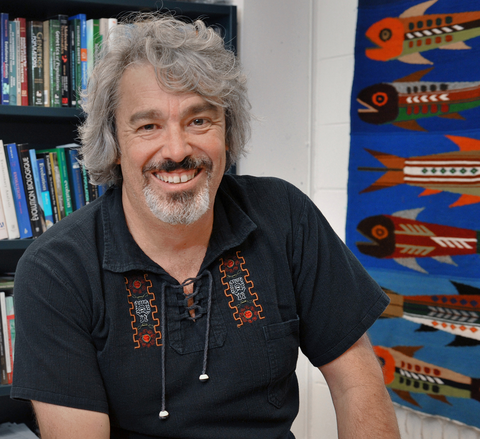
Louis Bernatchez
Louis Bernatchez sadly passed away on 28th September 2023. Louis founded Environmental DNA and assumed the role of Editor-in-Chief in 2019. His unwavering commitment to advancing this emerging scientific field for over a decade and bringing together a new community has left an indelible mark on all of us. Louis worked tirelessly to create an inclusive and welcoming environment within the journal, embracing all researchers and research related to eDNA. Beyond his role as a dedicated Editor, Louis was an inspiration, a friend with an unwavering sense of humour and a dedicated mentor to many of us.
In our Special Issue we pay tribute to the late Dr. Louis Bernatchez, founder and Editor-in-Chief of Environmental DNA.
Advisory Board
Holly Bik, University of California Riverside, Riverside, USA
Mike Bunce, Curtin University, Perth, Australia
Melania Cristescu, McGill University, Montreal, Canada
Laura Epp, University of Konstanz, Baden-Württemberg, Germany
Nathan T. Evans, Florida International University, Miami, USA
Elise Furlan, University of Canberra, Canberra, Australia
Caren Goldberg, Washington State University, Pullman, USA
Erin Grey, Governors State University, University Park, USA
Robert Hanner, University of Guelph, Guelph, Canada
Margaret Hunter, US Geological Survey, Gainesville, USA
Anaïs Lacoursière, Fisheries and Oceans Canada, St. Andrews, Canada
Gordon Luikart, University of Montana, Missoula, USA
Kristi Miller, Fisheries and Oceans Canada, Nanaimo, Canada
Toshifumi Minamoto, Kobe University, Kobe, Japan
Masaki Miya, Natural History Museum & Institute, Chiba, Japan
Luisa Orsini, University of Birmingham, Birmingham, UK
Michael Pfrender, University of Notre Dame, Notre Dame, USA
Michael Stat, University of Newcastle, Newcastle upon Tyne, UK
Carol Stepien, National Museum of Natural History, Smithsonian Institution, USA
Philip Francis Thomsen, Aarhus University, Denmark
Alice Valentini, SPYGEN, Le Bourget-du-Lac, France
Lisette Waits, University of Idaho, Moscow, USA
Taylor Wilcox, National Genomics Center for Wildlife and Fish Conservation, Missoula, USA
Eske Willerslev, University of Cambridge, Cambridge, UK
Satoshi Yamamoto, Kyoto University, Kyoto, Japan





